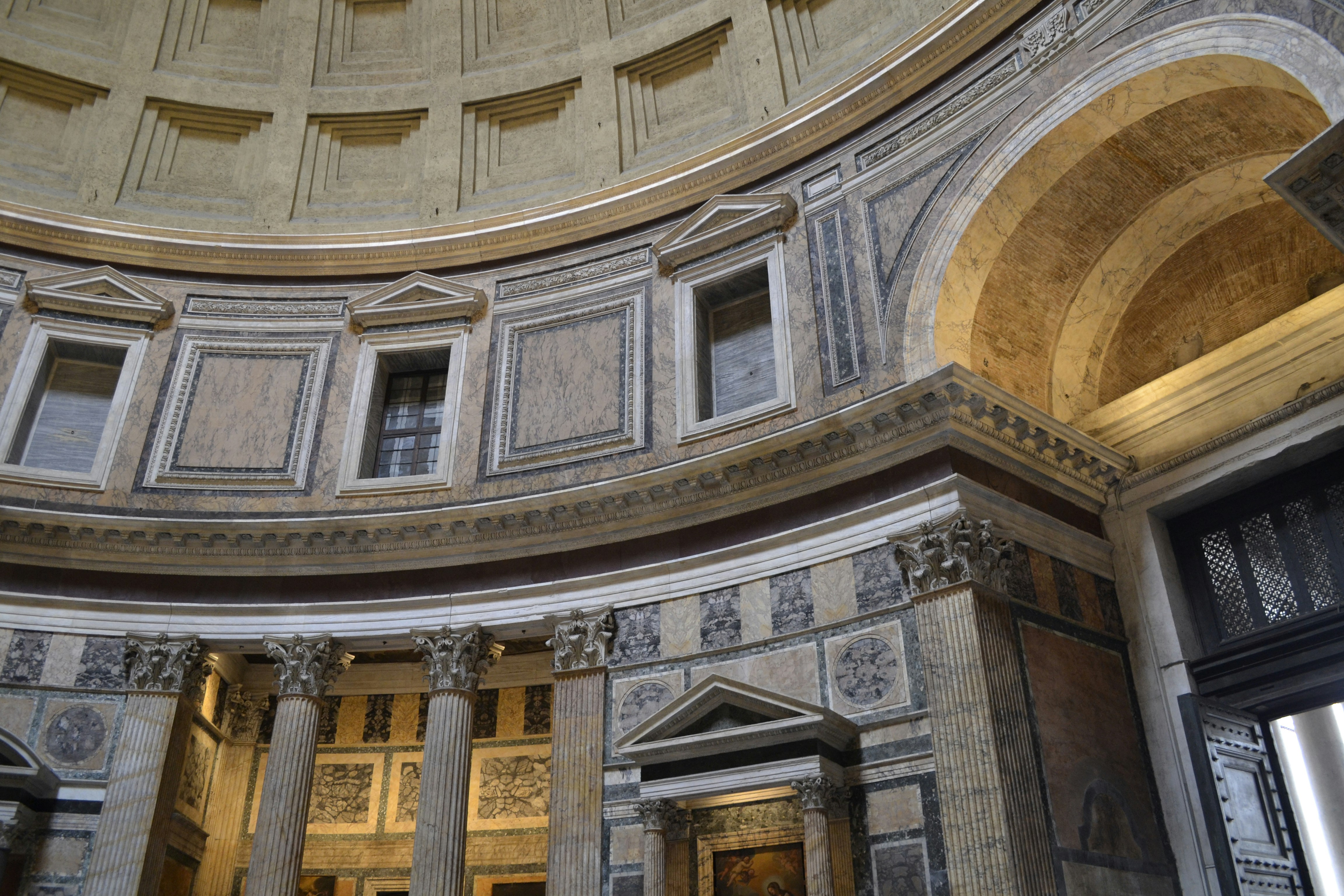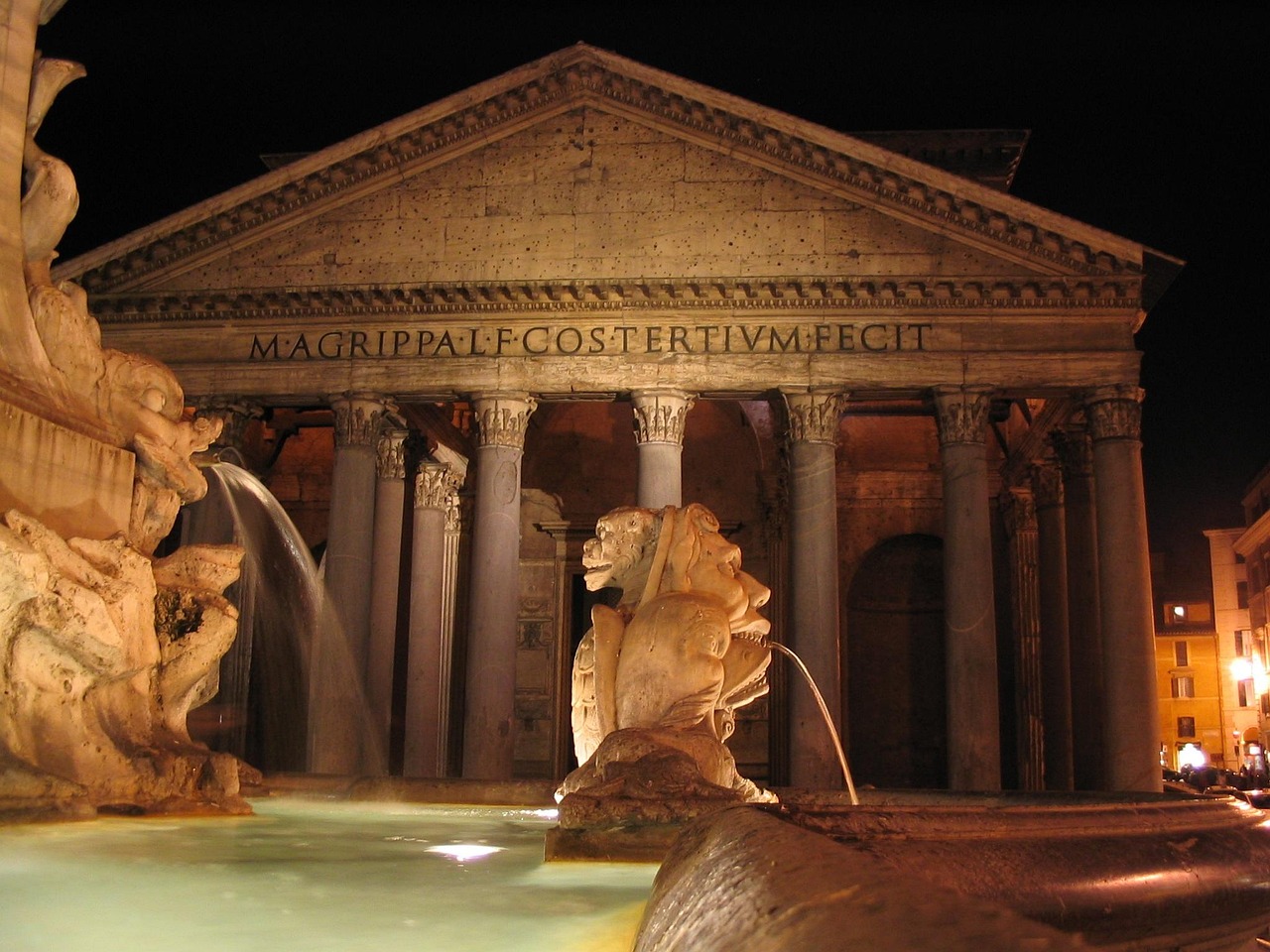About Pantheon
The Pantheon, completed around 126-128 CE, remains one of ancient Rome’s best-preserved buildings, renowned for its massive dome and mysterious history that continues to captivate visitors and architects worldwide.
A History of Fire and Mystery
Built on earlier temples, the original Pantheon burned twice before the current structure. The architect is unknown, and its exact original purpose remains a mystery. Michelangelo praised its design as “of angels, not of man,” inspiring architecture globally.
Architectural Marvels
The Pantheon has a large entrance with granite columns and a huge dome with an 8.25m wide opening at the top that lets in light and rain. Inside, the walls and floor are decorated with marble, and the dome’s recessed panels help make it lighter and more beautiful.
From Temple to Tomb
Converted into a Christian church, the Pantheon became a resting place for notable figures like artist Raphael and composer Arcangelo Corelli. Monarchs and architects are also buried here.
- The Pantheon once had bell towers, but they were removed because their awkward look earned them the nickname "ass's ears."
- The word “Pantheon” comes from Greek and means “all gods”.
- Hadrian kept Agrippa’s original inscription—“Marcus Agrippa, son of Lucius, three-time consul, made this”—on the Pantheon, causing centuries of confusion over its true builder.






